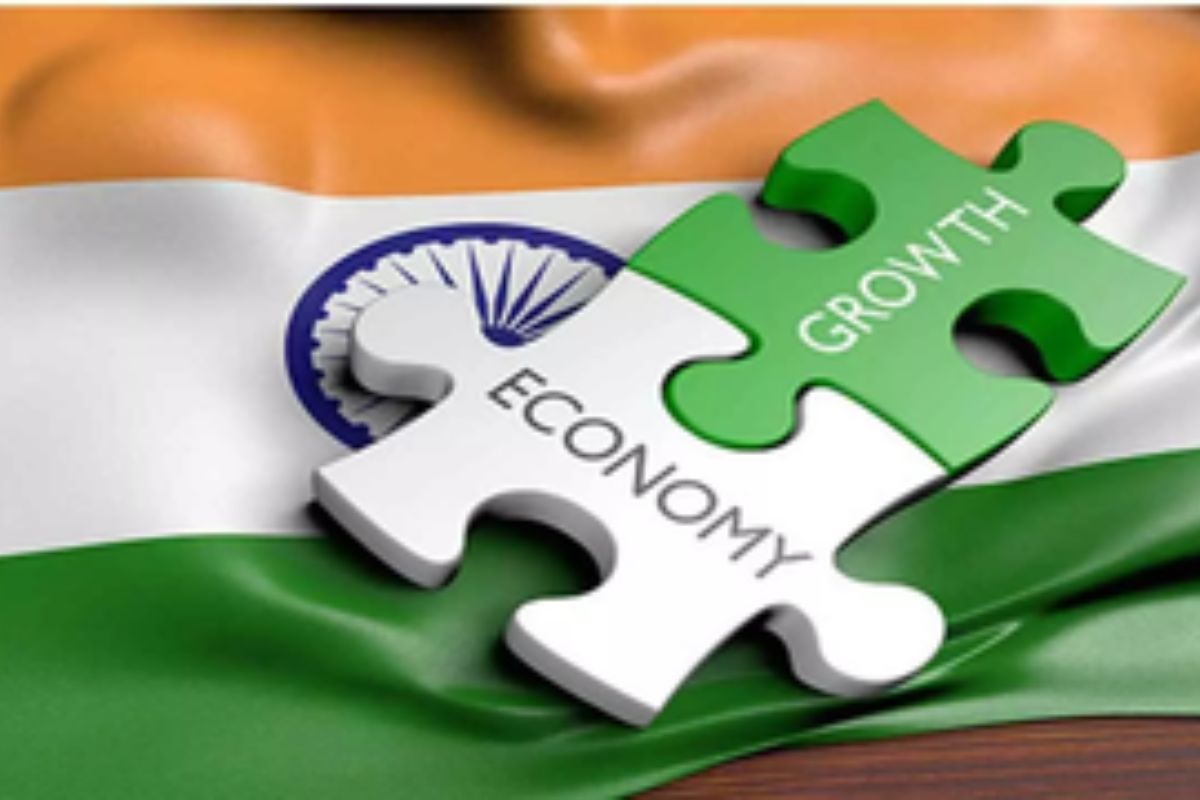Auto industry should drive economic growth with environmental sustainability: Bhupender Yadav
The Union minister was delivering the keynote address at the Special Ministerial Session of the 3rd International Conference on Sustainable Circularity.
The Indian middle class, often hailed as the backbone of the nation’s economy, is at a critical juncture.

Representative Picture (IANS)
The Indian middle class, often hailed as the backbone of the nation’s economy, is at a critical juncture. Once a symbol of aspiration and upward mobility, this section is now battling the dual challenges of stagnant incomes and rising living costs. As Union Budget 2025 approaches, it presents a pivotal opportunity to the government to address their deepening financial strain and rekindle economic growth. Data reveals a troubling trend: a significant portion of middle-class incomes is now consumed by essentials such as food, rent, healthcare, and education, leaving little for savings or investments.
In 2024, inflation in essential goods, particularly food and beverages, soared, with vegetables seeing a staggering 42 per cent hike. While housing inflation remained moderate, the overall rise in the cost of living has eroded disposable income and consumer confidence. Compounding these challenges is the reality of declining real wages in urban areas, which fell below pandemic-era levels last year. Meanwhile, household debt has risen sharply, now accounting for over 17 per cent of the country’s nominal GDP. This indicates not only increased borrowing but also a growing reliance on credit to sustain basic consumption. Such trends highlight the precarious financial state of a demographic that has traditionally driven economic demand. Despite these struggles, the middle class has mostly been overlooked in policy decisions.
Advertisement
Direct tax rates remain high, with the middle-income group contributing significantly to government revenues but receiving little in return in terms of public services or support. At the same time, short-term populist schemes have diverted attention and resources from addressing systemic economic issues. While these initiatives may win votes, they do little to resolve the root causes of financial instability. The 2025 Union Budget must break from this pattern. Reducing tax burdens on the middle class is an essential step to provide immediate relief and stimulate consumption. A well-targeted tax cut can create a ripple effect ~ boosting demand, increasing GST collections, and fostering economic growth. Additionally, the government must prioritise job creation in sectors that directly benefit this group, such as healthcare, education, and urban services. Strengthening social safety nets is equally critical.
Advertisement
Expanding subsidies for essential services like health insurance, affordable housing, and education can alleviate im mediate burdens, offering the middle class a buffer against economic shocks while enabling them to regain financial stability. Long-term economic stability also requires addressing inflation through measures that enhance supply chain efficiency and agricultural productivity. Investments in public healthcare and education could reduce out-of-pocket expenses, offering much-needed financial respite to households. A thriving middle class is more than just an economic asset ~ it is the foundation of a stable, equitable society. By addressing their concerns in this year’s budget, the government has an opportunity to restore their confidence and rebuild the aspirational momentum that once defined this group. The time for bold, inclusive economic reforms is now. The middle class cannot afford another year of being left behind.
Advertisement